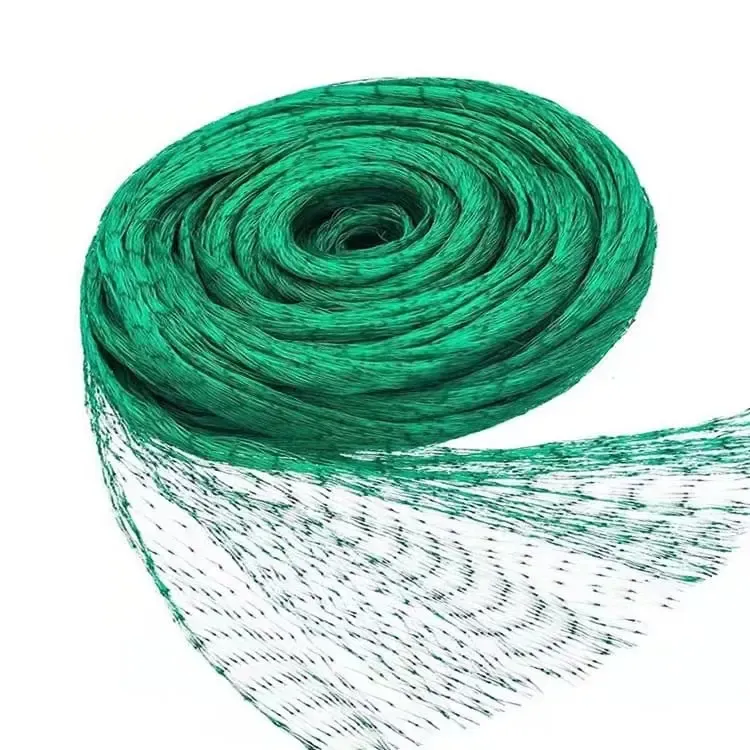-
 Afrikaans
Afrikaans -
 Albanian
Albanian -
 Amharic
Amharic -
 Arabic
Arabic -
 Armenian
Armenian -
 Azerbaijani
Azerbaijani -
 Basque
Basque -
 Belarusian
Belarusian -
 Bengali
Bengali -
 Bosnian
Bosnian -
 Bulgarian
Bulgarian -
 Catalan
Catalan -
 Cebuano
Cebuano -
 China
China -
 Corsican
Corsican -
 Croatian
Croatian -
 Czech
Czech -
 Danish
Danish -
 Dutch
Dutch -
 English
English -
 Esperanto
Esperanto -
 Estonian
Estonian -
 Finnish
Finnish -
 French
French -
 Frisian
Frisian -
 Galician
Galician -
 Georgian
Georgian -
 German
German -
 Greek
Greek -
 Gujarati
Gujarati -
 Haitian Creole
Haitian Creole -
 hausa
hausa -
 hawaiian
hawaiian -
 Hebrew
Hebrew -
 Hindi
Hindi -
 Miao
Miao -
 Hungarian
Hungarian -
 Icelandic
Icelandic -
 igbo
igbo -
 Indonesian
Indonesian -
 irish
irish -
 Italian
Italian -
 Japanese
Japanese -
 Javanese
Javanese -
 Kannada
Kannada -
 kazakh
kazakh -
 Khmer
Khmer -
 Rwandese
Rwandese -
 Korean
Korean -
 Kurdish
Kurdish -
 Kyrgyz
Kyrgyz -
 Lao
Lao -
 Latin
Latin -
 Latvian
Latvian -
 Lithuanian
Lithuanian -
 Luxembourgish
Luxembourgish -
 Macedonian
Macedonian -
 Malgashi
Malgashi -
 Malay
Malay -
 Malayalam
Malayalam -
 Maltese
Maltese -
 Maori
Maori -
 Marathi
Marathi -
 Mongolian
Mongolian -
 Myanmar
Myanmar -
 Nepali
Nepali -
 Norwegian
Norwegian -
 Norwegian
Norwegian -
 Occitan
Occitan -
 Pashto
Pashto -
 Persian
Persian -
 Polish
Polish -
 Portuguese
Portuguese -
 Punjabi
Punjabi -
 Romanian
Romanian -
 Russian
Russian -
 Samoan
Samoan -
 Scottish Gaelic
Scottish Gaelic -
 Serbian
Serbian -
 Sesotho
Sesotho -
 Shona
Shona -
 Sindhi
Sindhi -
 Sinhala
Sinhala -
 Slovak
Slovak -
 Slovenian
Slovenian -
 Somali
Somali -
 Spanish
Spanish -
 Sundanese
Sundanese -
 Swahili
Swahili -
 Swedish
Swedish -
 Tagalog
Tagalog -
 Tajik
Tajik -
 Tamil
Tamil -
 Tatar
Tatar -
 Telugu
Telugu -
 Thai
Thai -
 Turkish
Turkish -
 Turkmen
Turkmen -
 Ukrainian
Ukrainian -
 Urdu
Urdu -
 Uighur
Uighur -
 Uzbek
Uzbek -
 Vietnamese
Vietnamese -
 Welsh
Welsh -
 Bantu
Bantu -
 Yiddish
Yiddish -
 Yoruba
Yoruba -
 Zulu
Zulu
Exploring the Innovative Design of Aviary-Inspired Mesh Structures
The Fascinating World of Aviary Mesh Enhancing Bird Welfare and Conservation
In recent years, the importance of avian welfare and conservation has become an increasingly prominent topic. As more people delve into the study of birds, their habitats, and the myriad of ways to provide a safe and nurturing environment, the concept of aviary mesh has emerged as a vital component in the development of bird enclosures. Aviary mesh not only supports the physical needs of birds but also enhances their psychological well-being by allowing for a more natural living experience.
Aviary mesh is specifically designed material that creates barriers, facilitating the safe confinement of birds while simultaneously allowing for optimal airflow, light, and visibility. Traditional enclosures often used solid walls, which can be confining and detrimental to the health of avian inhabitants. In contrast, aviary mesh offers a versatile solution that caters to both the needs of the birds and the expectations of their caretakers.
One significant advantage of using aviary mesh in bird enclosures is the increased sense of space it provides. Birds are naturally curious and require room to fly, perch, and explore. An aviary with mesh allows birds to feel more open and less restricted, closely simulating their natural environments. This design promotes exercise and foraging behaviors essential for their physical health. Additionally, the transparency of the mesh allows for social interaction with other birds and even humans, which can contribute to a more enriching environment.
Furthermore, aviary mesh plays a crucial role in protecting birds from potential threats, such as predators or harsh weather conditions. Depending on the purpose of the aviary, different types of mesh can be employed. For instance, galvanized wire mesh is often used to create sturdy barriers that deter larger birds of prey, while fine mesh options can provide protection against smaller intruders like rodents or insects. This adaptability means that aviary mesh can be tailored to suit specific avian species and their individual needs.
aviary mesh

In terms of maintenance, aviary mesh is relatively easy to clean and maintain. Regular cleaning is essential in preventing the buildup of harmful bacteria and ensuring a healthy environment for the birds. Unlike traditional materials that may require extensive labor to clean, mesh can often be hosed down or wiped clean efficiently. A clean aviary not only protects the birds but also enhances the overall aesthetic and pleasantness of the environment for visitors and caretakers alike.
Moreover, the use of aviary mesh fosters better breeding practices. In many conservation efforts, breeding programs are developed to help increase endangered bird populations. Aviary mesh enables caretakers to monitor breeding pairs closely, ensure proper nesting materials are available, and provide suitable conditions without causing undue stress to the birds. This attention to detail is crucial for the success of breeding programs and the long-term survival of species.
The development of aviary mesh is also driven by innovations in material technology. Modern mesh is often UV-resistant, rust-proof, and designed to withstand various environmental conditions, thus ensuring longevity and durability. As advancements continue, the design and functionality of aviary mesh will likely become even more sophisticated, catering to the diverse needs of both birds and their caregivers.
In conclusion, aviary mesh represents a substantial advancement in the world of avian habitat creation. By optimizing the physical and psychological environments for birds, aviary mesh has proven to be instrumental in enhancing their welfare and supporting conservation efforts. With its ability to blend functionality with the beauty of the natural world, aviary mesh is undoubtedly an innovation that will continue to benefit birds and the enthusiasts dedicated to their care for generations to come.
-
Shipping Plastic Bags for Every NeedNewsJul.24,2025
-
Safety Netting: Your Shield in ConstructionNewsJul.24,2025
-
Plastic Mesh Netting for Everyday UseNewsJul.24,2025
-
Nylon Netting for Every UseNewsJul.24,2025
-
Mesh Breeder Box for Fish TanksNewsJul.24,2025
-
Expanded Steel Mesh Offers Durable VersatilityNewsJul.24,2025











